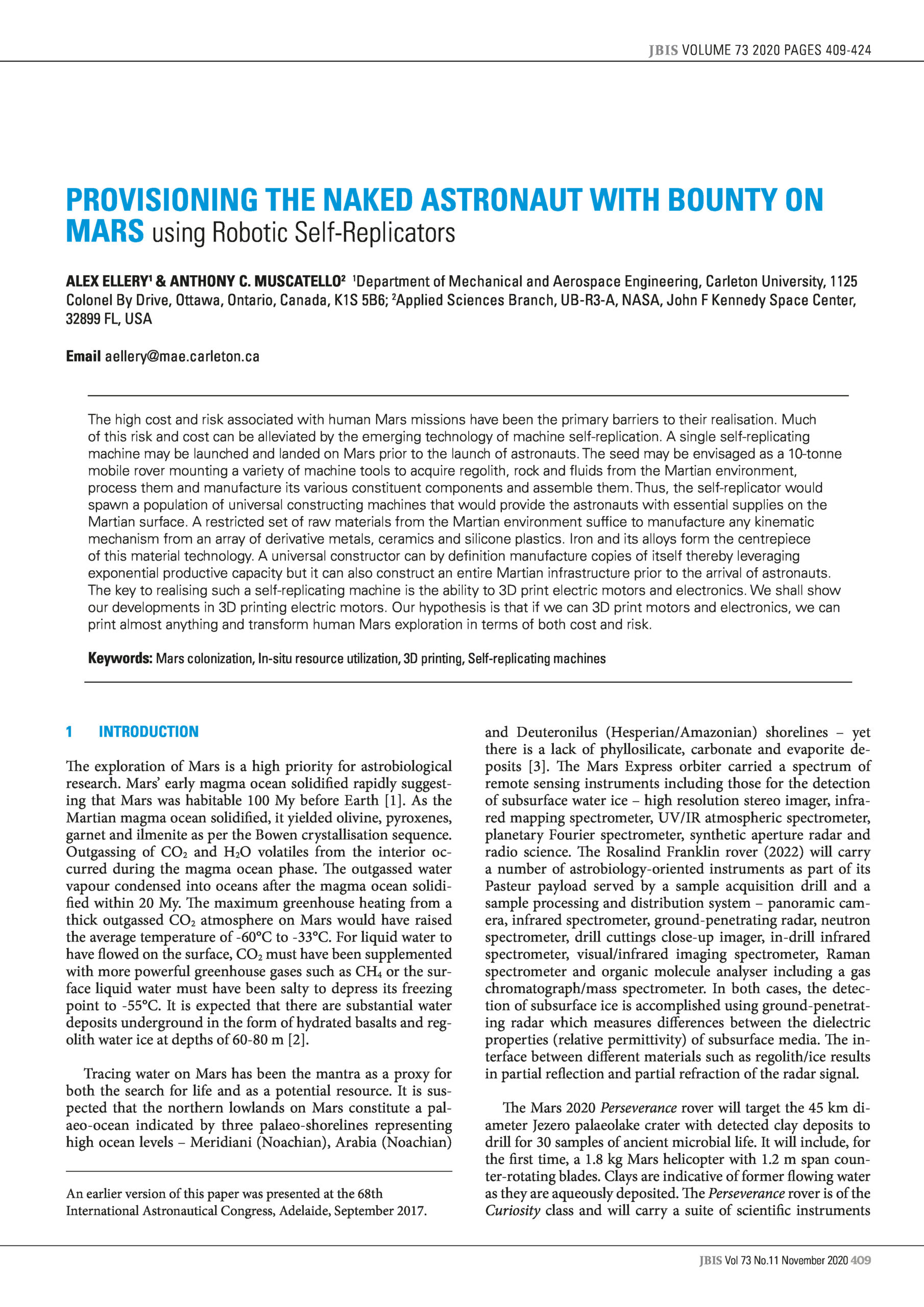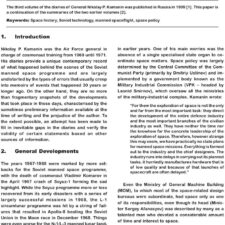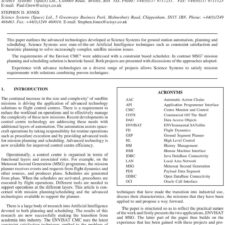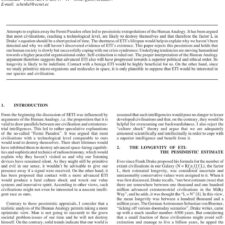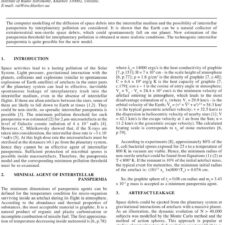Provisioning the Naked Astronaut with Bounty on Mars using Robotic Self-Replicators
£5.00
A. Ellery et al. (2020), JBIS, 73, pp.409-424
Refcode: 2020.73.409
Keywords: Mars colonization, In-situ resource utilization, 3D printing, Self-replicating machines
Abstract:
The high cost and risk associated with human Mars missions have been the primary barriers to their realisation. Much of this risk and cost can be alleviated by the emerging technology of machine self-replication. A single self-replicating machine may be launched and landed on Mars prior to the launch of astronauts. The seed may be envisaged as a 10-tonne mobile rover mounting a variety of machine tools to acquire regolith, rock and fluids from the Martian environment, process them and manufacture its various constituent components and assemble them. Thus, the self-replicator would spawn a population of universal constructing machines that would provide the astronauts with essential supplies on the Martian surface. A restricted set of raw materials from the Martian environment suffice to manufacture any kinematic mechanism from an array of derivative metals, ceramics and silicone plastics. Iron and its alloys form the centrepiece of this material technology. A universal constructor can by definition manufacture copies of itself thereby leveraging exponential productive capacity but it can also construct an entire Martian infrastructure prior to the arrival of astronauts. The key to realising such a self-replicating machine is the ability to 3D print electric motors and electronics. We shall show our developments in 3D printing electric motors. Our hypothesis is that if we can 3D print motors and electronics, we can print almost anything and transform human Mars exploration in terms of both cost and risk.

